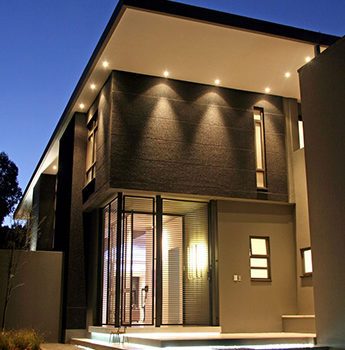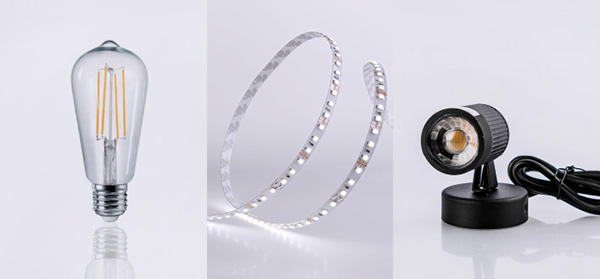
The Science Behind LED Lighting
For thousands of years, human beings have been lighting their way. From the first oil lamps in 4500 BC to Thomas Edison’s first electric light bulb, we’ve needed artificial light for the things we do. And these days, while we’re never left in the dark, lighting technology continues to race on in 2016 and beyond.
The pinnacle of that technology today is LED – or light-emitting diode. But in fact, the concept – where semiconductors and electroluminescence creates the light directly from electricity – is actually nothing new. The LED light has been around for decades.
So why is it that we’re hearing so much about LED lights these days? It’s due to the exciting latest developments.
Until recently, LED was great – but it had its limitations. Perfect for displays, indicators, watches, and also things like traffic lights, LEDs are efficient, small, fast, long-lasting and harder to damage than the traditional incandescent lamps.
But the reason we’re hearing a lot about them lately is mainly due to the speeding advancement of white LEDs, making them a viable and effective replacement for other, traditional light sources. Originally, LED only came in red, but together with advancements in brightness, LED for lighting is now effective, extremely high quality and energy efficient.
In fact, if everyone starts using LED for lighting, energy consumption in the developed world will be halved, and it will contribute greatly to the fight against climate change.
So it’s that sort of benefit that is driving the speed of development, with efficiency already racing ahead by a factor of 50% in the past four years as even governments get on board, with demand rising as costs fall.
One of the disadvantages of LED lighting has always been their susceptibility to overheating, but the latest developments work reliably at much higher temperatures, requiring less expensive heat sinks. The aesthetics of the colour are also improving, as many people had often shied away from LED for lighting because the colour temperature and colour rendering was not up to scratch.
In summary, the latest advancements in LED lighting have been:
– Greater efficiency
– Greater brightness
– Better cost-effectiveness
– Longer lifespans
– More specific-point lighting
– Better quality colour
Do you know more about LED lighting, or have some examples of how this technology is racing into the future? If there is anything else you have to contribute, don’t be shy to comment below.


